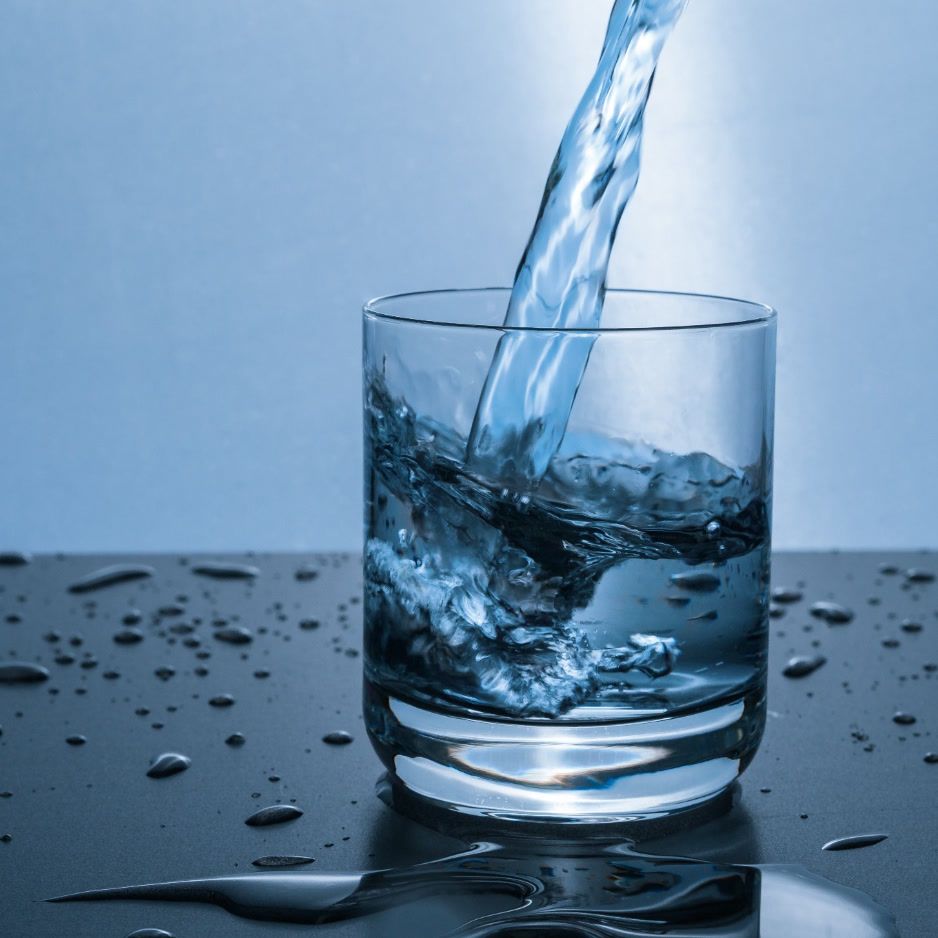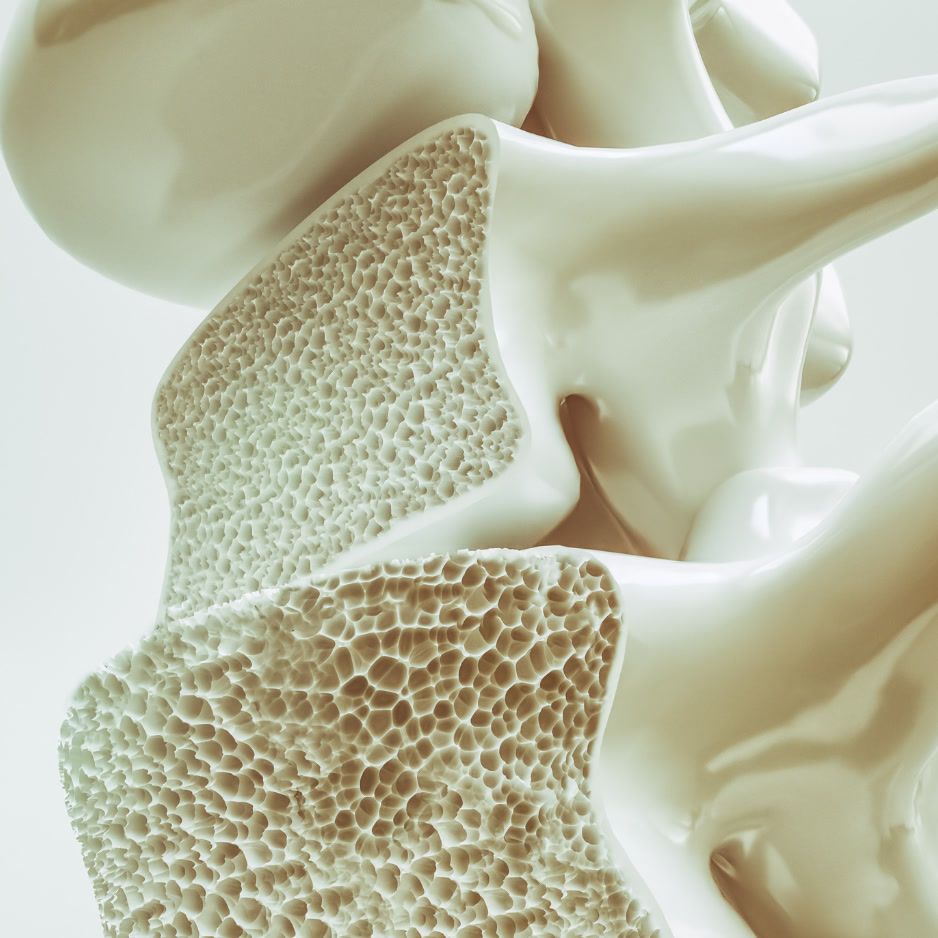What Is a Fast Mimicking Diet? 5-Day Plan and Benefits
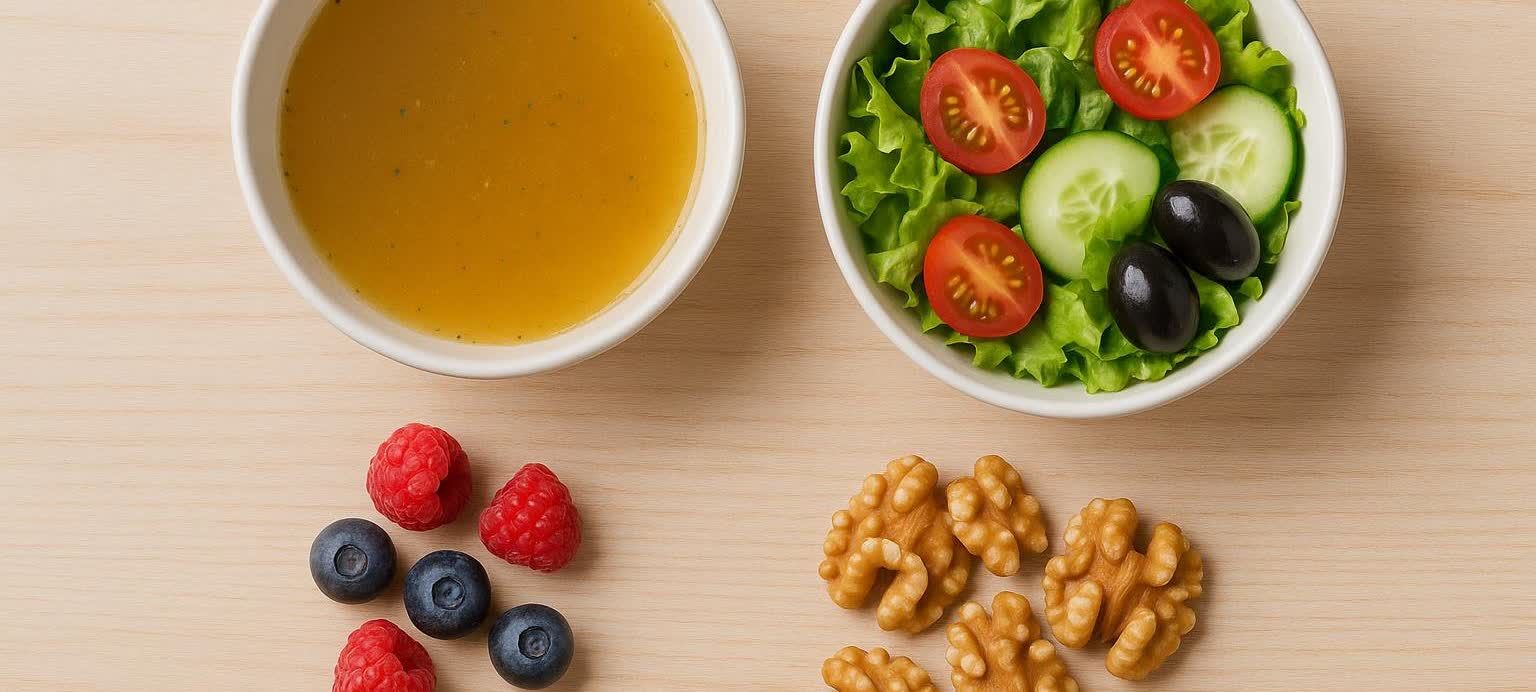
What Is a Fast Mimicking Diet? 5‑Day Plan and Benefits
Quick answer: A fasting‑mimicking diet (FMD) is a short, 5‑day, low‑calorie, low‑protein, plant‑forward meal plan designed to put your body into a "fasted" state—without fully fasting. Most people follow ~1,100 calories on Day 1 and ~725 calories on Days 2–5 with about 9–11% protein, 44–46% fat, and 43–47% carbs. Early human trials show improvements in weight, waist size, blood sugar, blood pressure, and even a modest reduction in biological‑age scores after 3 monthly cycles (Nature Communications, 2024; U.S. narrative review, 2024).
If you’ve heard that you can get many of the health perks of a prolonged fast while still eating, you’re thinking of the fasting‑mimicking diet (FMD). Put simply, FMD is a brief, plant‑forward, low‑calorie and low‑protein meal pattern designed to trick your body into fasting mode for several days without total food abstinence. Popularized by researcher Valter Longo, it’s typically done in 5‑day cycles and repeated periodically.
In this guide, you’ll find:
- How FMD works (the biology in plain English)
- A practical 5‑day protocol with calories, macros, and food examples
- What recent studies show about benefits and risks
- Who should avoid FMD (or use medical supervision)
- How to track fat loss vs. muscle loss—and why pairing FMD with regular BodySpec DEXA scans gives you objective progress data
How it works: the biology (in plain English)
- Cutting calories and protein dials down nutrient‑sensing pathways (insulin/IGF‑1 and mTOR) linked to growth and aging. In human trials, FMD cycles have lowered IGF‑1 and improved insulin resistance (Nature Communications, 2024).
- Eating fewer calories with a higher share of healthy fats nudges your body toward fat‑burning and mild ketosis, saving glucose for essentials.
- That temporary “nutrient stress” can up‑regulate autophagy—your cells’ clean‑up crew—which is one reason FMD shows up in healthy‑aging discussions.
A typical 5‑day FMD protocol (calories, macros, and food examples)
There isn’t a single public, official formula, but widely used protocols provide about 1,100 kcal on Day 1 and 725 kcal on Days 2–5, with macros around 9–11% protein, 44–46% fat, 43–47% carbohydrate. Personalize with your clinician, especially if you take medications.

| Day | Approx. calories | Macro pattern (typical) | Example foods in a day |
|---|---|---|---|
| 1 | 1,100 | ~11% protein, 46% fat, 43% carbs | Vegetable soup or broth, mixed‑greens salad with olives and olive oil, small portion of nuts, berries, herbal tea |
| 2 | 725 | ~9% protein, 44% fat, 47% carbs | Vegetable broth soup, leafy greens with vinaigrette, small portion of nuts, cucumber and carrot sticks with a few olives, herbal tea |
| 3 | 725 | ~9% protein, 44% fat, 47% carbs | Steamed or sautéed non‑starchy vegetables with olive oil, a small bowl of lentil soup, berries, broth, herbal tea |
| 4 | 725 | ~9% protein, 44% fat, 47% carbs | Leafy‑green salad, cruciferous vegetables, olives or avocado or nuts, broth soup, small fruit |
| 5 | 725 | ~9% protein, 44% fat, 47% carbs | Vegetable soup, raw vegetables with avocado‑based dip, 1/2 cup black beans with sautéed spinach and olive oil, herbal tea |
Food focus: non‑starchy vegetables, modest portions of nuts/olives/avocado, small servings of legumes, limited low‑sugar fruit. Avoid refined carbs, high‑glycemic foods, and animal proteins during the 5‑day window. Some programs allow limited caffeine (e.g., one cup of coffee), but confirm with your clinician if you take medications affected by caffeine. Research protocols commonly use 3–4 monthly 5‑day cycles, then reassess markers and tolerability (USC Gerontology).
FMD vs. intermittent fasting (IF)
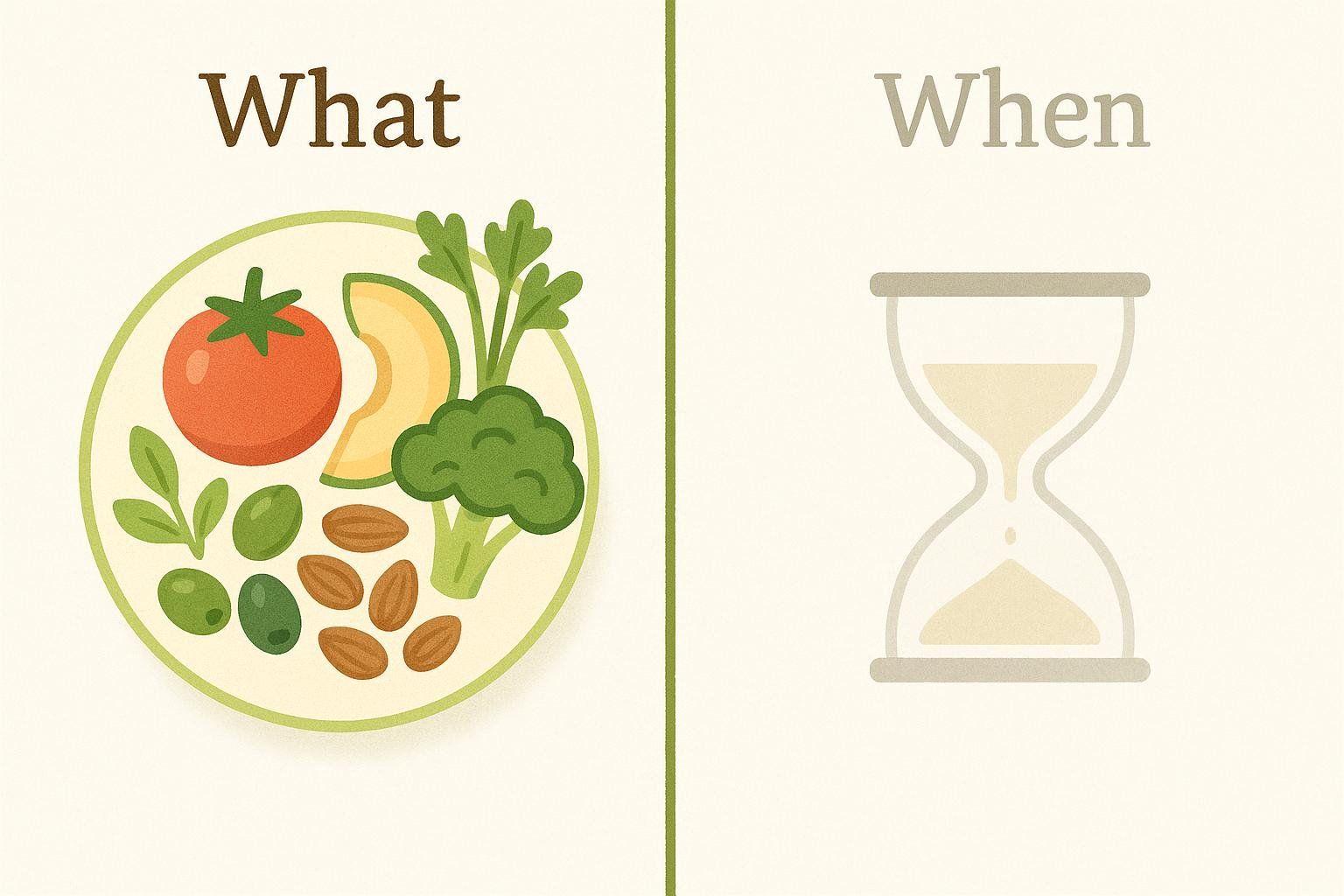
- IF mostly tells you when to eat (e.g., 16:8), often without prescribing macros. FMD prescribes what and how much to eat for 5 days, leaning low‑protein with specific fats/carbs to keep nutrient‑sensing pathways quiet (U.S. News). For a broader overview of time‑based approaches, see our guide to one‑meal‑a‑day (OMAD) and how it compares with other intermittent‑fasting styles.
- In practice, many find FMD easier than a water‑only fast but harder than time‑restricted eating, since it limits both calories and food types for several consecutive days.
DIY FMD vs. commercial kits

- Commercial kits package shelf‑stable, plant‑based foods, teas, and supplements for 5 days and typically cost about $175–$195 per cycle. The appeal is convenience and pre‑set macros (U.S. News).
- DIY is possible if you’re meticulous with calories and macros, but hitting the low‑protein target and carb/fat quality can be tricky. A registered dietitian can help you design a compliant menu.
What the evidence says (2023–2025)

- Biological age and metabolic risk: Across two clinical trials, three monthly FMD cycles reduced biological age by a median ~2.5 years, improved insulin resistance, and lowered liver fat; immune profiles also shifted toward a “younger” pattern. Effects weren’t fully explained by weight loss alone (Nature Communications, 2024; USC Gerontology).
- Cardiometabolic markers: Reviews and trials report reductions in body weight, waist size, blood pressure, total cholesterol/triglycerides, fasting glucose, and IGF‑1 in many—but not all—studies. Lean‑mass findings are mixed (some preservation, some small losses), and adherence can be challenging (U.S. narrative review, 2024).
- Healthy‑aging mechanisms: Human and animal data suggest periodic FMD may reduce inflammation and promote regeneration, but more human trials are needed for specific diseases (UCLA Health).
Risks and who should avoid FMD
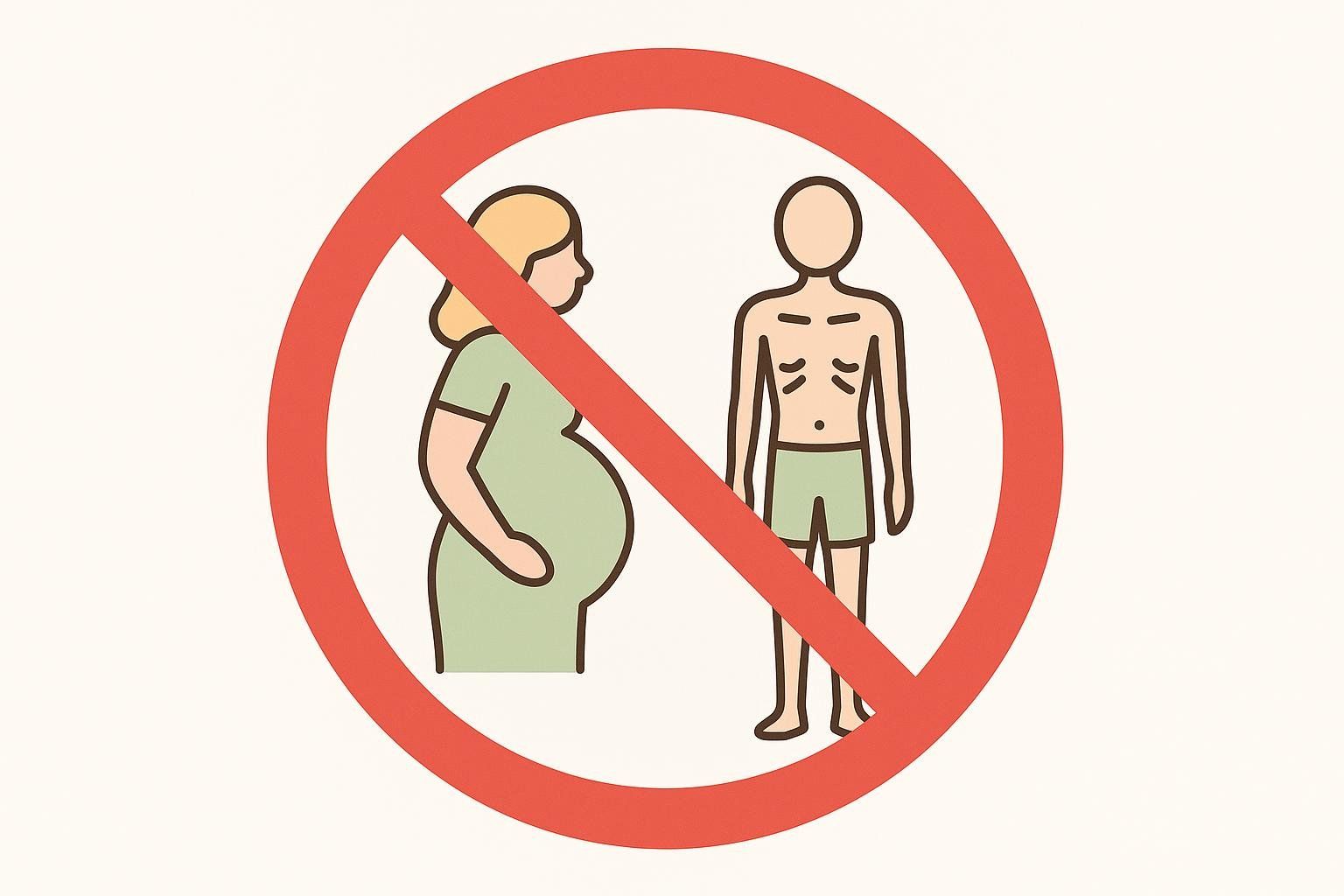
- Pregnancy or breastfeeding
- Under 18 years old
- Underweight or malnourished
- Active infection or a history of eating disorders
- Periods of strenuous activity or extreme heat/cold
- Chronic conditions (e.g., diabetes, kidney or heart disease) or medications that interact with a low‑calorie intake—consult a clinician first
- Side effects can include dizziness, headache, fatigue, weakness, and dehydration—aim for adequate fluids unless your clinician advises otherwise
- Adults over 70 should consider FMD only with medical supervision
Will you lose fat without losing muscle?

Because FMD is brief and low‑protein, a common worry is lean‑mass loss. Human studies are mixed: some show lean‑mass preservation, while others report small losses depending on population and adherence (U.S. narrative review, 2024). Smart safeguards between cycles:
- Prioritize protein on non‑FMD days, matched to your goals and activity.
- Keep up progressive resistance training outside the 5‑day window.
- Track objectively. To ensure you’re losing fat, not muscle, it’s helpful to understand why body composition beats scale weight and explore ways to measure muscle mass.
How regular BodySpec DEXA scans help you measure what matters
A BodySpec DEXA scan gives you a precise snapshot of fat mass, lean mass, and visceral fat in one quick visit. If you’re using FMD cycles to improve metabolic health or longevity, DEXA helps you:
- Confirm fat loss without unintended muscle loss between cycles.
- Watch visceral fat—a key risk marker most scales miss.
- Set and adjust goals with data, not guesswork.
Most clients re‑scan every 8–12 weeks to capture real change, with monthly scans during short, intensive phases. Ready to lock in your baseline or measure your latest cycle? Book a BodySpec DEXA scan.
How to track your FMD progress
- Establish a baseline: Start with a BodySpec DEXA to capture lean mass, fat mass, and visceral fat. Add our Metabolic Age Calculator for an energy‑expenditure snapshot.
- Sync retesting with your plan: Re‑scan every 8–12 weeks (or monthly during intensive phases). If you’re also tracking clinical labs (fasting glucose, HbA1c, blood pressure), coordinate retests with your clinician.
- Layer biological‑age tools: Explore our complete guide to biological age. Blood‑based age estimators and DNA‑methylation kits measure different signals; using them together offers a fuller picture of aging trends (Nature Communications, 2024).
Sample shopping list (DIY‑friendly)

- Produce: leafy greens, broccoli/cauliflower, zucchini, cucumbers, tomatoes, carrots; small portions of berries or citrus
- Pantry: low‑sodium vegetable broth, olives/olive oil, nuts (almonds, walnuts), small portions of lentils/beans
- Beverages: water, herbal tea; black coffee only if your program allows and your clinician agrees
Note: Portions must be tailored to the daily calorie/macro targets above.
FAQs
-
How is FMD different from “clean eating” for five days?
FMD’s power lies in precise calorie and macro limits (especially low protein) that reduce IGF‑1/mTOR signaling—something standard healthy diets don’t necessarily do (UCLA Health). -
Can I exercise during FMD?

Light movement is typically fine if you feel well, but intense training isn’t advised during low‑calorie days. Resume structured strength and cardio after the 5‑day window; personalize with your clinician.
- How often can I repeat it?
Many research protocols used 3–4 monthly cycles, then reevaluated risk markers and tolerability (USC Gerontology).
Bottom line
A fasting‑mimicking diet is a short, structured way to capture some benefits of multi‑day fasting—weight and waist reductions, better glycemic markers, blood pressure and lipid improvements, and even a drop in blood‑based biological‑age scores in recent trials—while still eating modest, plant‑forward meals (Nature Communications, 2024; U.S. narrative review, 2024). It isn’t right for everyone, and medical guidance is essential if you have health conditions or take medications.
If you try FMD, pair it with smart tracking so you lose fat—not muscle. Keep an eye on visceral fat and performance between cycles with regular DEXA check‑ins. Book your BodySpec scan when you’re ready.
This article is for educational purposes only and is not medical advice. Always consult a qualified healthcare professional before starting a fasting or fasting‑mimicking program.
